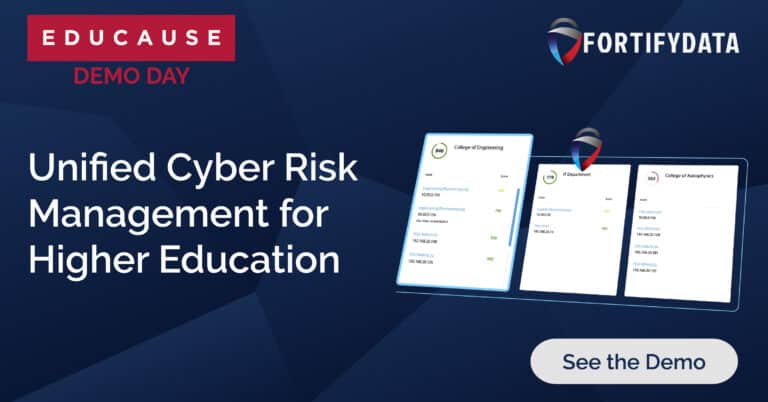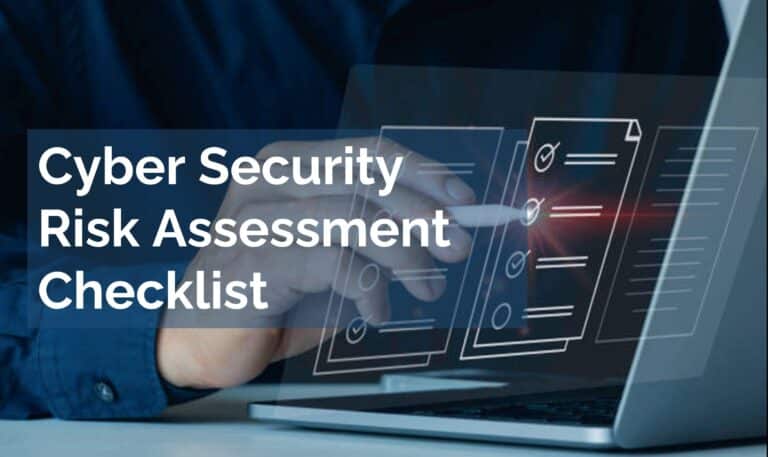
How Pima Community College Strengthened Its Attack Surface Management with FortifyData https://youtu.be/yAJs9kCxmCw Challenge Pima Community College struggled with comprehensively…
"This is an excellent starting point for any organization that wants to get serious about their cyber risk management. The system has the capability to grow as you become more sophisticated in your use"
IT Director
Services Industry
Your organization may be using a cybersecurity rating to assess your risk exposure, including that of your third parties. Much like a credit score, the rating represents a number that is easy to understand and communicate. Essentially, the score answers two key questions:
1. How well is your company doing from a cybersecurity perspective?
2. What is the likelihood of your company getting breached within the next twelve months?
But not all ratings are created equally, and you’re current cybersecurity rating might not be a good representation of your risk exposure.
Here are 4 reasons your current cybersecurity risk rating may not be accurate:
Learn how FortifyData has solved these issues with our next-generation Integrated Cybersecurity Risk Management and Ratings Platform in the whitepaper, The Evolution of Cybersecurity Ratings and How They Boost Risk Visibility.
Or, see the difference with a free and accurate Cyber Risk Assessment.



| Cookie | Duration | Description |
|---|---|---|
| cookielawinfo-checkbox-analytics | 11 months | This cookie is set by GDPR Cookie Consent plugin. The cookie is used to store the user consent for the cookies in the category "Analytics". |
| cookielawinfo-checkbox-functional | 11 months | The cookie is set by GDPR cookie consent to record the user consent for the cookies in the category "Functional". |
| cookielawinfo-checkbox-necessary | 11 months | This cookie is set by GDPR Cookie Consent plugin. The cookies is used to store the user consent for the cookies in the category "Necessary". |
| cookielawinfo-checkbox-others | 11 months | This cookie is set by GDPR Cookie Consent plugin. The cookie is used to store the user consent for the cookies in the category "Other. |
| cookielawinfo-checkbox-performance | 11 months | This cookie is set by GDPR Cookie Consent plugin. The cookie is used to store the user consent for the cookies in the category "Performance". |
| viewed_cookie_policy | 11 months | The cookie is set by the GDPR Cookie Consent plugin and is used to store whether or not user has consented to the use of cookies. It does not store any personal data. |